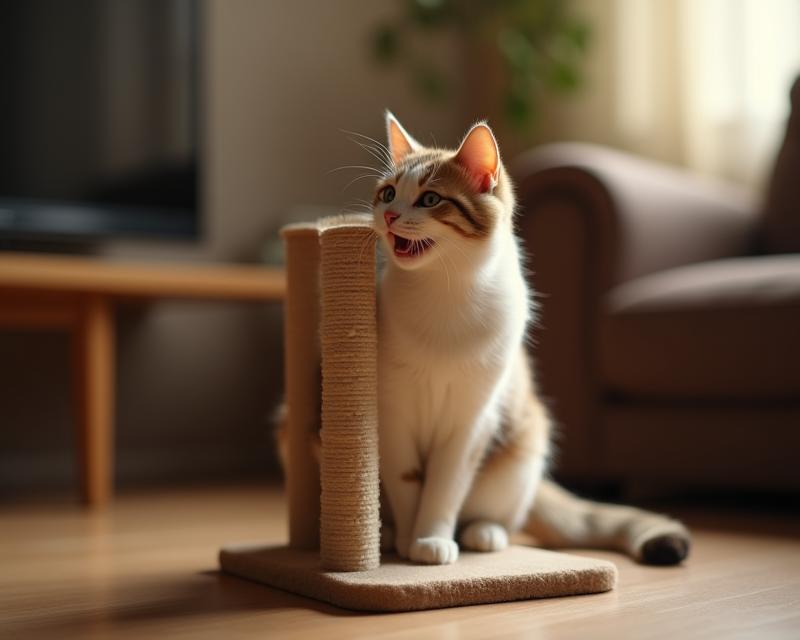Decoding Your Pet's Behavior
Publish in Education el 28/06/2025 23:29
Understanding Dominance in Pets
Ever wonder why your dog sometimes growls at other dogs, or why your cat insists on being the one to sit on your keyboard? Understanding dominance behaviors is key to building a harmonious relationship with your furry friend. It's a common topic, but often misunderstood, so let's break it down in a simple, friendly way.

What is Dominance?
Dominance isn't always about aggression. It's a way animals establish a social hierarchy. Think of it like a family dynamic – sometimes one member naturally takes the lead. In pets, dominance can manifest in various ways, from subtle cues to more overt displays. It's important to remember that dominance isn't necessarily a 'bad' thing; it's a natural part of animal behavior. However, understanding how to manage it can make life easier for both you and your pet.
Recognizing Dominance Behaviors
Here are some common signs of dominance in dogs and cats (though some behaviors can overlap!):
- Stiff body posture: A straight back, tense muscles, and a fixed gaze.
- Direct staring: Holding your gaze without blinking can be a challenge to authority.
- Standing over you: Physically positioning themselves above you.
- Resource guarding: Protecting food, toys, or even favorite spots.
- Ignoring commands: Deliberately choosing not to obey.
- Pushing or nudging: Asserting themselves physically.
In cats, dominance might show as claiming preferred resting spots, blocking doorways, or aggressively approaching other animals.
What to Do About It?
If you're concerned about your pet's dominance behaviors, it's best to consult with a veterinarian or a certified professional dog trainer. Avoid punishment, as this can often worsen the problem. Instead, focus on positive reinforcement, consistent training, and providing clear boundaries. Ensure your pet has plenty of mental and physical stimulation to reduce stress and frustration. Creating a predictable routine and providing a safe, comfortable environment can also help. Remember, patience and understanding are crucial! With consistent effort, you can help your pet feel secure and build a strong, respectful relationship.


